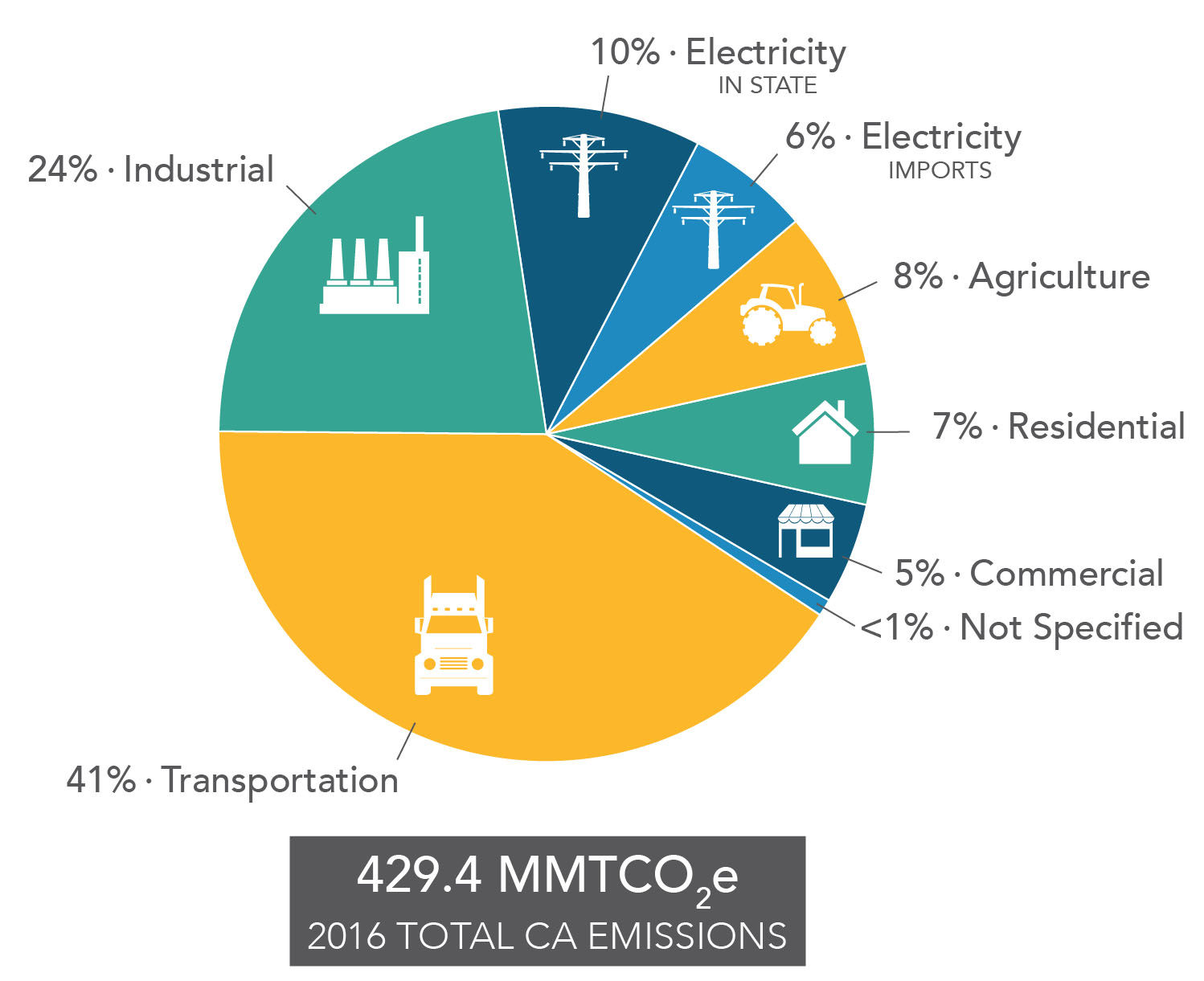
- Sustainable Planet -
- 2mins -
- 33 views
California Meets 2020 Emissions Goals Early
The Sunshine State has some of the most ambitious climate change goals in the USA and it just hit them…four years ahead of schedule.
California meets greenhouse gas reduction target early
California greenhouse gas emissions fell below 1990 levels, meeting an early target 4 years ahead of schedule and putting the state well on its way toward reaching long-term goals to fight climate change.
With the 2020 target met, California has a head start toward reaching its 2030 target
The California Air Resources Board announced pollution levels were down 13% since their 2004 peak, while the economy grew 26% since that same year. This achievement is approximately equal to taking 12 million cars off the road or saving 6 billion gallons (22.7 billion litres) of gasoline a year, the board said.
Greenhouse gas emissions dropped 2.7% in 2016 (the latest data available) to around 430 million metric tons, the board said. That’s just below the 431 million metric tons produced in 1990.
California law requires that emissions return to 1990 levels by 2020 and reach 40% below that marker by 2030.
The Air Resources Board has broad authority to achieve those goals in the nation’s most populous state.
The decrease is in part due to California’s increased use of renewable power, the board said. Solar electricity generation from rooftop arrays and power plants jumped 33% in 2016, according to the new data.
Imports of hydroelectric power rose 39% that year as rains returned to the Western United States after years of drought, officials said.
While many thought the 2020 milestone was reachable, meeting the 2030 target — which the State governor called "heroic" — will be more of a challenge.
However, the transportation sector saw a 2% increase in emissions in 2016 due to increased fuel consumption, the state report said. But officials said California also saw cars and trucks use a record amount of biofuels — a total of 1.5 billion gallons (5.7 billion litres).
California has a head start toward reaching the 2030 target because of its tailpipe emissions standards, which have exceed federal minimums for years.
Source: Phys.org

An even bigger challenge lies ahead for California
In 2016, the state legislature set a goal of cutting emissions by a further 40% by 2030. California emissions have dropped by roughly 13% since they peaked at 493.7 million metric tonnes in 2004.
But it has not been a steady decline: Total emissions rose in both 2007 and 2012, and held steady between 2014 and 2015.
So while emissions fell to 429.4 million metric tonnes in 2016 — the latest year for which data is available and slightly below 1990’s 431 million metric tonnes — there’s no guarantee levels will stay there. For one thing, emissions from the state’s primary source — the transportation sector — are rising.
Thanks, at least in part, to cheap fuel prices, transportation emissions rose by 2% in 2016.
Source: PSMag.com


